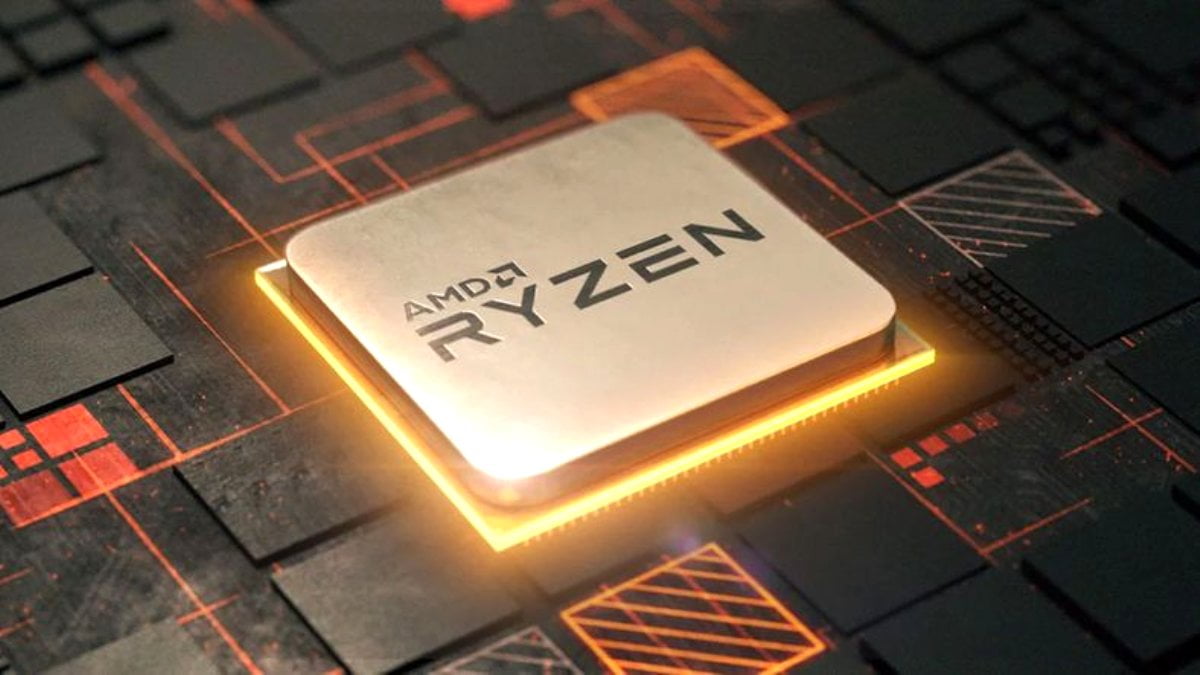AMD has been going up since introducing its Ryzen series, and according to analysts, this might help them grab the half of the CPU market share as well.
The launch of the Zen architecture in 2017 allowed AMD to return through the big door to the market of high-performance general consumer CPUs, and opened the doors to other key sectors, such as notebook processors, and also for the professional sector.
- AMD may postpone Ryzen 4000 series launch to 2021
- Intel delayed its 7nm chips until 2022
- Intel confirms the theme of its upcoming event: Intel DG1 and Tiger Lake
Ryzen and Threadripper marked a turning point in the industry that, as we know, has been consummated with Zen 2, an architecture that brings to life Ryzen 3000 processors, Ryzen 4000 APUs, and EPYC Rome and Threadripper 3000 processors.
When AMD found itself on the brink of bankruptcy, many experts and analysts assumed that its only option was to “sell out” to a tech giant. Samsung was one of the most popular names, but in the end the Sunnyvale company has managed to recover. Its shares are today more valuable than those of Intel, its market capitalization is close to 100 billion dollars, and according to analysts it has everything to continue taking market share from Intel.
With the launch of Zen 3, scheduled for later this year, AMD could be placed in a position of total leadership in terms of performance, efficiency and price, and the most incredible thing is that this would apply at all levels. All thanks to the versatility that offers the Zen 3 architecture, an MCM (multi-chip module) design that allows to create high performance general consumption processors for any sector (professional, general consumption and portable), with a minimum impact at the wafer level and a very contained cost.
AMD is expected to take 50% of the global CPU market share in 2021
This is how clear analyst Mark Lipacis has been, who has been convinced that the company led by Lisa Su will have no problems to capture 50% of the market share of the x86 CPU sector during the second quarter of 2021. It’s a very positive estimate for AMD, but does it make sense?
If we take a look at AMD’s position right now, we see both advantages and disadvantages in this manner. It offers processors with a very solid value, and yes, its sales and its market share have improved, but it still has a significant outstanding account with the OEM sector, a market where Intel continues to clearly lead.
There is no doubt that with the launch of Zen 3, AMD will strengthen its position in the sector, and that Intel will not be able to keep up in the short and medium term due to the problems it has had with the 10nm and 7nm processes. But to achieve this goal of reaching 50% market share in the x86 CPU sector, AMD cannot just launch good products, it has to fine-tune its agreements with OEMs and reinforce its investments in advertising and marketing to make visible to the less knowledgeable user why they should choose their processors.





